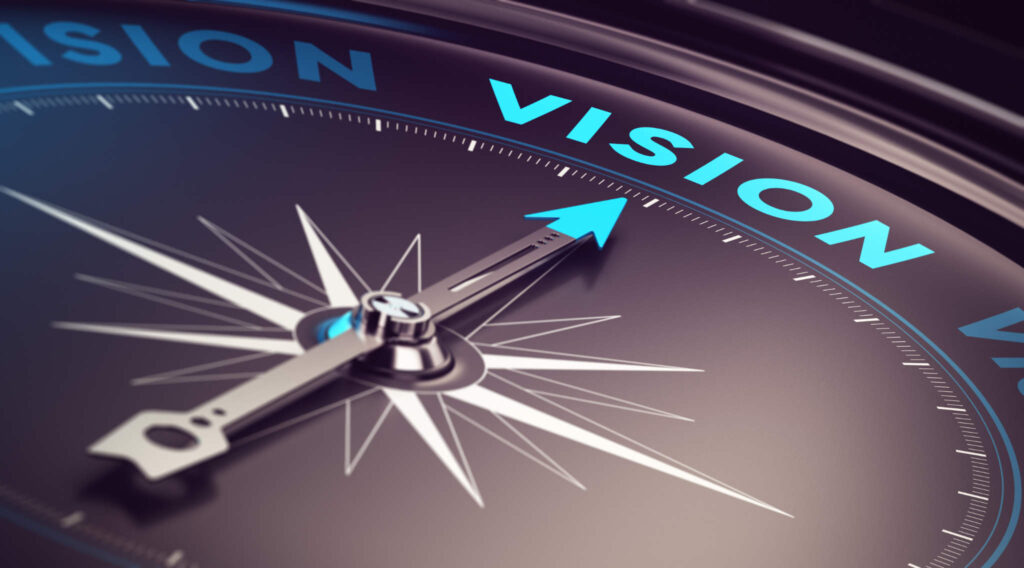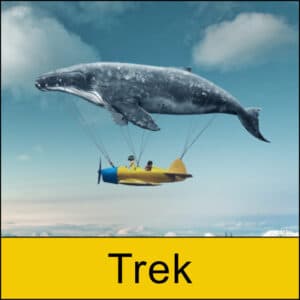Whether it is the tensile strength of a section of rope or wire cable, or a child’s toy, all systems permit levels of elasticity. Some more than others. Glass doesn’t give as much as rubber bands, and rock only flows when elasticity is birthed in high temperatures (magma)!
Societies and people are similar. Be it physical, emotional, mental, or spiritual, there are degrees of “elasticity” and breaking points. Take a powerful and stable soldier (mentally and emotionally), throw enough war at him, and the soldier comes home with PTSD. Abuse a person enough and they will break. Stressors apply to all aspects of a person—not just the physical aspect.
Throw enough stress and challenges at police officers, ambulance drivers, nurses, care workers, educators, doctors, or firefighters. They all have limits. Each one of us has a limit.
We know our list has gaps—there are many more industries and services we didn’t name.
Then there are people in the marketplace. Moms and dads. Bullied teens. Solitary confinement. People stuck in wards. The homeless. Individuals who can’t make changes because of their financial situation. They too have limits.
We all have different “breaking points.”
Climate and the biosphere are elastic, but only up to a point. Push climate too far and watch out.
At a certain point, pursuing of an entitlement or ROI in the marketplace (debt, equity, or investment “deals”) pushes the boundaries of permissible system elasticity. Attempts to prop up money supply (or investment or wealth accumulation) by undue extraction and ownership of global resources—in the earth, within nature, or the labor pool—imply a reckoning. Shortcuts or profitability enhancers—be it in agribusiness, plastics, artificial foods, plastics, supply chains, poor product quality or abusive manufacturing and management—always await times of reckoning. The reckoning may seem to be long in coming. But it will surely come.









